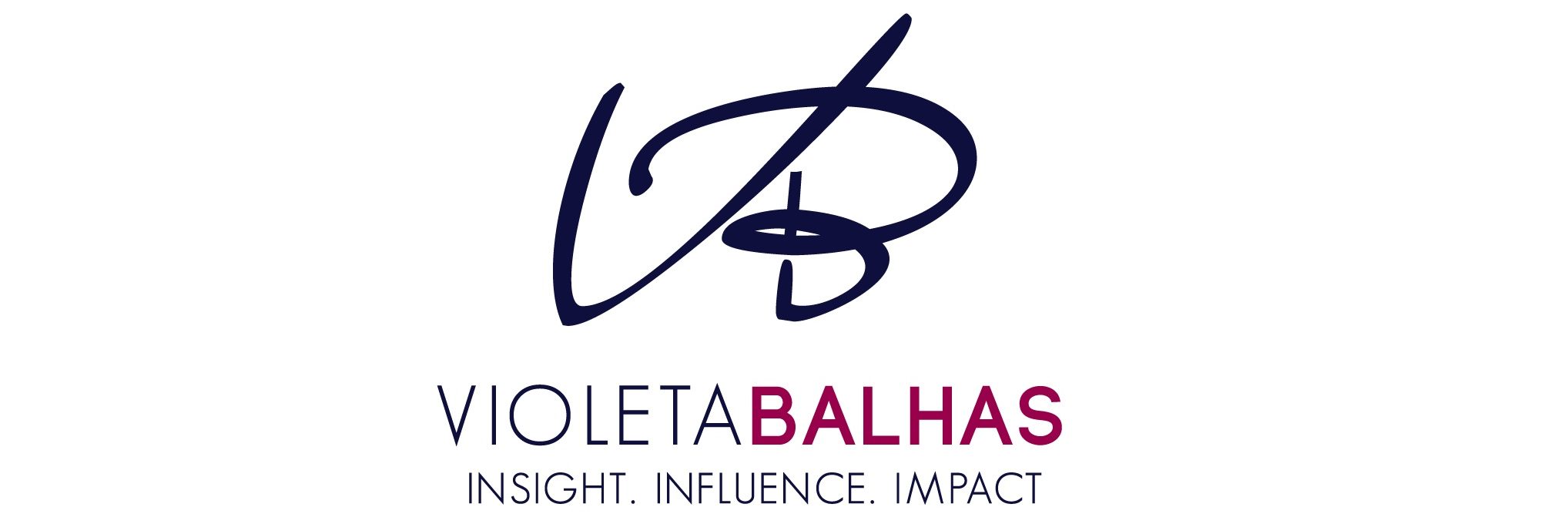I’m big on voice. (I also have a big voice. Call it the Latin in me, call it lack of consideration, but despite one of my trainers and colleagues calling it “a caramel voice”, I actually had someone tell me off in a café for being too loud the other day. But I digress.)
You can study the components of writing, engagement, and branding until information is leaking out of your ears, but voice is what brings the whole shebang together. This is something I’ve been banging on about for the last twenty or so years. Why? Because it’s all been said and written. It’s only individual voices that differentiate it all. Voice is what makes you stand out; it’s what connects you to your market and audience.
There are many worthwhile ways to an engaging, individual voice, but if you are approaching it as a business or organisation, the one thing that will get you there the fastest is the persona. If you’re serious about engagement, you need a persona.
The persona (known to writerly types as The Little Old Lady in Peoria) is a fictional character created to represent the different user types within a targeted demographic. A persona is an invaluable marketing tool because it puts a human face on what you’re trying to do, and because it helps you find your voice. When you address the persona directly rather than a nebulous “audience”, your words come to life. To give you an example, I once worked with an organisation whose online and offline content was, unlike their readers, formal, clunky, and circumlocutory – a real snoozefest that few bothered to read. Creating a set of personas (or personae, if you’re so inclined) that the staff writers kept in mind when they created their content completely transformed the voice of their communications. Suddenly: sweet, sweet engagement!
Now let me introduce you to another use of the persona: persona stories.
Building stories around your persona gives you profound engagement from your market and audience. This is because stories push us beyond theories and issues: if you can demonstrate the impact that your services or products can have on a person, those services and products become very real and worthy of consideration. Suddenly it’s not about what you have to offer, but about what your offerings actually mean. This is as powerful as engagement gets. (And in case you’re wondering, no, it doesn’t matter that the persona story is fictional; fiction delivers truth all the time.)
Creating persona stories might seem risky to you. What, you might ask yourself, if the story isn’t the precise story of your clients or customers? Or of the person reading it? Wouldn’t that specific detail alienate them?
The short answer is no.
The slightly longer answer is that as paradoxical as it might sound, the more personal the story, the more universal it is, and the clearer the voice telling it. This makes for ultimate engagement. Whether you’re writing popular fiction or marketing copy, it’s true that the more you try to make stories that are intentionally “universal”, and to appeal to everyone, the less they will mean to the market or audience, and the blander your voice will be. Once you’ve created your persona or personas, you have to take a leap of faith and trust that they can be the intermediary between you and your market or audience, just like they did here:
I created these persona stories (plus another six, here) for Living and Learning, Inc. They began as a reference point for their marketing efforts, but then became an engagement tool for clients, stockholders, and the many organisations that Living and Learning liaises and works with. The stories communicate its purpose and mission concisely and eloquently, have a clear and individual voice, and simple as they are, have great power. Not because the people at Living and Learning lack communication skills, eloquence, and voice – quite the opposite – but because quite simply, that is the power of stories. We humans may tell them and create them, but still… they transcend us. Even at their most basic, they are the best part of our communication, and succeed where other forms of communication fail.
So don’t just create your personas. Write their stories, and see your voice change into one that is individual and clear. Use them as a reference, or send them out into the world, where they will influence real people to come to you.
~~~
If you haven’t created your persona/s yet, go over to my mates at the Content Marketing Institute and they’ll see you right. And if you’re interested in voice or persona workshops for your business or organisation, get in touch.


